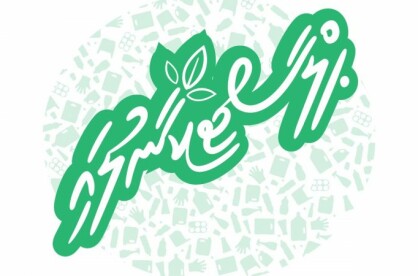The unsustainable food subsidy
The government needs to urgently address its subsidy policies.

Unsplash | Mehrad Vosoughi
The government needs to urgently address its subsidy policies.

Unsplash | Mehrad Vosoughi
The Maldivian government spent MVR339.2 million in 2015, and MVR291.9 million in 2016 on subsidies for rice, flour and sugar. The government controls prices at MVR5.50 per kilogram for rice and sugar, and MVR4.50 per kilogram for flour. To keep the prices fixed at these rates, the State Trading Organisation (STO) reportedly incurs a loss every year. The said expenditure on food subsidies by the government is hence, what is paid to STO for their losses.
The subsidy is applied to all consumers, irrespective of their incomes. The lack of a targeted subsidy and the blanket nature of what is provided means that the consumption of tourist resorts is also subsdised by the government.
To address this long-standing issue from a public finance management perspective, the government, in 2016, increased the 'control price' of these three food items, and provided targeted subsidies for those in lower income brackets, though the National Social Protection Agency (NSPA). As a result, total government expenditure on food subsidies was reduced by 41 percent in 2017, to register MVR172 million.
However, prices of these items were reduced back again in 2018, and cash grants continue to be provided. In 2018 and 2019, the government provided over MVR300 million in food subsidies, paid to STO.

According to information published by the Ministry of Finance, based on the 2019 Household Income and Expenditure Survey (HIES 2019), households consumed only 57 percent of the total 25.7 million kilograms of rice sold by STO in 2019. Households also consumed only 32 percent or 2.8 million of the 8.8 million kilograms of sugar, and 50 percent of the 17.4 million kilograms of flour sold by STO.
Further analysis shows that only 11 percent of subsidized rice, 8 percent of sugar, and 10 percent of flour go to the lowest income bracket, while 43 percent of subsidized rice, 68 percent of sugar and 50 percent of flour is bought and consumed in the tourism sector.

The HIES 2019 data published by the National Bureau of Statistics (NBS) further indicates that an average person in the Maldives consumes 11.8 grams of rice, 6.7 grams of flour, and 22 grams of sugar per day. As per dietary requirements, the recommended maximum amount of sugar consumption per day for an individual is 30 grams of sugar.
Meanwhile, the Demographic Health Survey 2016-17 by the Ministry of Health showed that 50 percent of women in the age group 15-49 are obese or over-weight, while 35 percent of men in the same age group are obese or over-weight. This indicates the possibility of serious implications on future spending by the government on health care through Aasandha.

International development agencies such as the World Bank have repeatedly advised the government to move towards targeted food subsidies instead of the blanket subsidy provided at present. This is in line with international best practice, and fiscally more sustainable.
The Ministry of Finance has indicated that there will be measures taken in 2022 to address such inefficiencies in government expenditure. However, detailed and concrete steps to be taken have not been revealed so far.



